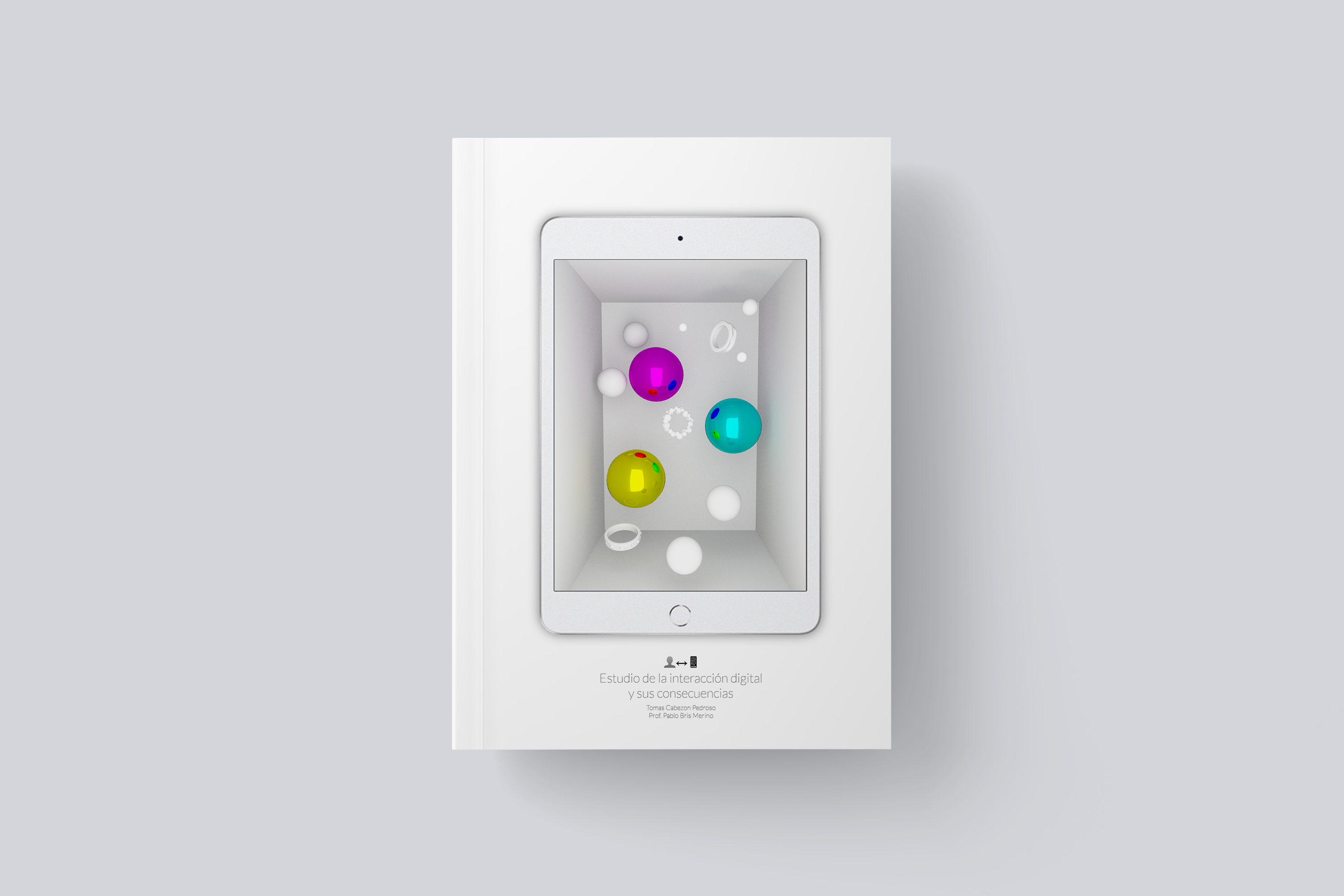TFG
WHEN? Spring 2020
WHO? Tomás Cabezón
WHY? Final Degree Thesis
WHERE? TU Madrid

Abstract
Nowadays, innovation of new products is focused on the application of new technologies, increasing the product’s functionality or simply differentiating themselves from the competition by their form, aesthetics or function. The immediacy that consumers demand, forces products to be constantly updated, both in terms of fashion and technological advances. To this constant acceleration, we must also add the digitization that our world has suffered. The development of this digital world –virtual, augmented reality, etc.- gave rise to new forms of life, consumption, new types of products… new possibilities, and opportunities.
Although it is not yet clear how this shift o paradigm is going to affect us, it is clear that the change will happen, or rather, it is already happening. Understanding the implications of these changes is vital to design, as understanding how the context and needs will change is the key for adaptation. In this work, the virtualization that we are experiencing will is studied, how the technological advancements have supposed an unprecedented change. In contrast to all the pessimistic visions of virtualization claiming that technology is going to cause the dehumanization of society, this work aims to show how the virtual does not have to replace the physical, the current, but rather serves to expand and improve it.
This work aims to understand the scope of the changes that virtualization will bring and its influence on the world of design. When it comes to exemplifying how product design can change, it has been decided to explore the design of virtual products, more specifically the design of rings, inquiring about the use of virtualization and searching for new tools and opportunities in virtual design.
Find the published work in: https://oa.upm.es/69102/ (Spanish)